The efficient and intuitive UI allows the user to import in-situ conditions, define the completion design and injection schedule and realise the most detailed physics-based fracture propagation in terms of fracture height growth and influence of stress shadowing.
By understanding the likely fracture propagation and proppant placement, completion designs may be optimised and appropriate landing heights selected.
Elfen tgr creates hydraulic fracturing simulations within the framework of advanced constitutive laws coupled with fracture initiation, propagation, closure and production algorithms
- Stress governed fracture propagation
- DFN, fracture hydraulic conductivity
- Fracture closure and production
- Re-fracking, multiple wells & multi-stage models
- Fluid flow and proppant transport
Elfen tgr fracturing models help improve techniques to enable breakthrough, cost effective, fast, safe and profitable solutions.
Features and Benefits
- Advanced and tailored fracture designs in complex settings
- Integrated software for model construction, simulations and assessment
- Incorporation of 1D, 2D or 3D variations in material and stress conditions
- Fracture height growth assessment and impact to cap rock and out-of-zone areas
- Assessment of fracture height containment, induced seismicity, arbitrary fracture network evolution, well-well interference, proppant distribution and stimulated rock volume
- Incorporated interactions between fractures during growth allowing tightly spacing cluster configurations to be assessed
- Fracture curvature allow assessment in complex stress regimes and wells non-aligned with in-situ stresses
Elfen TGR hydraulic fracturing can me utilised in multiple industries
TGR case study
Tight Gas Reservoir (TGR) Fracture Model
The Project
The new approach lies in the fact that hydraulic fractures can follow arbitrary fracture paths in 2D/3D simulations; as dictated by stress state, material properties and heterogeneity rather than the topology of the finite element mesh. Further to this, only regions near the hydraulic fracture tip are adaptively re-meshed which ensures that stress concentrations can be effectively captured without the need for a computationally expensive global re-mesh.
The Software
Elfen tgr technology combines advanced rock constitutive models and continuum damage mechanics with discrete fracturing in arbitrary 3D directions; offering true 3D fracture interaction and propagation capabilities. Models are poro-elasto-plastic, fully coupled with fluid flow within the propagating fractures as well as within the matrix. This allows simulating full cycle of stimulation-production-refracturing-production operations. Stress shadows, hydraulic-natural fracture interactions (DFN stimulation), fracture closure, proppant transport, multi-well interference, formation damage, flow back, mixed mode failure are all accounted for in the analysis to provide a unique and realistic representation of the subsurface hydraulic fracture network growth.


